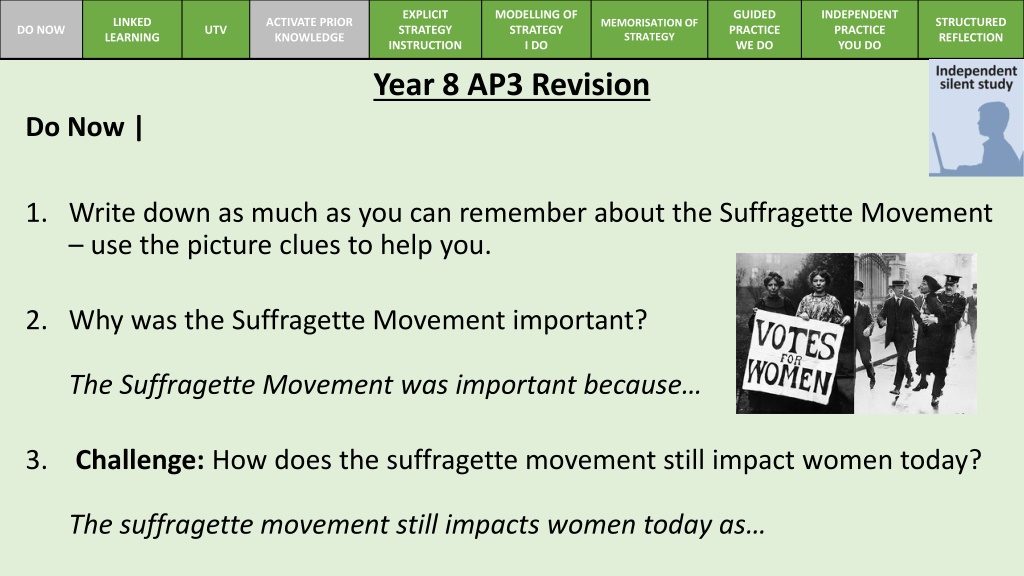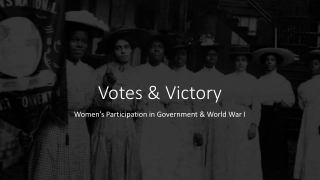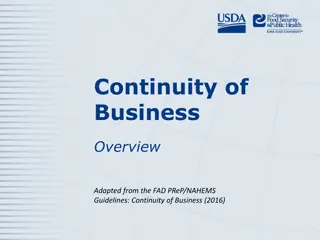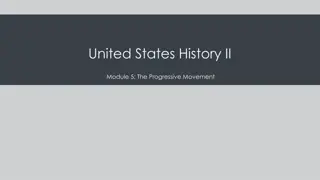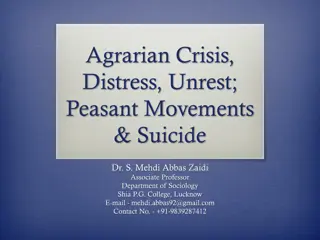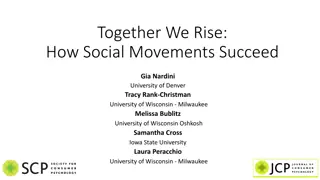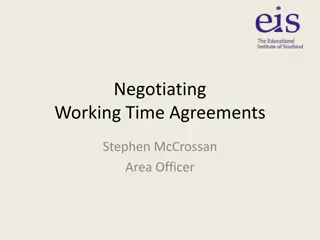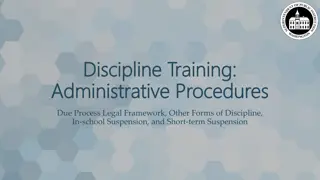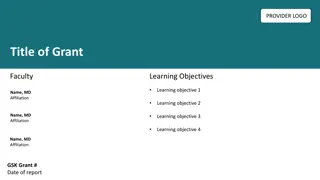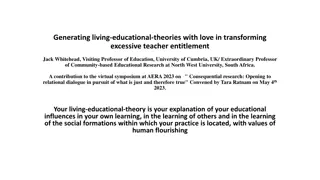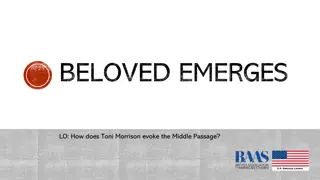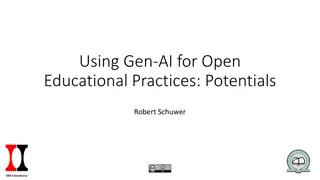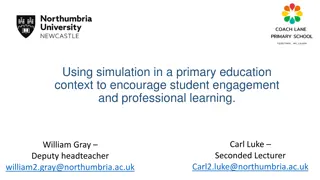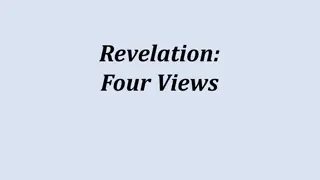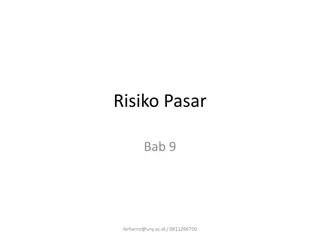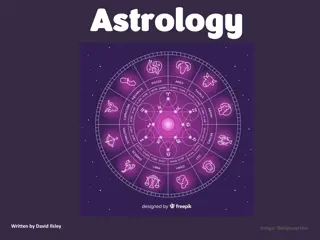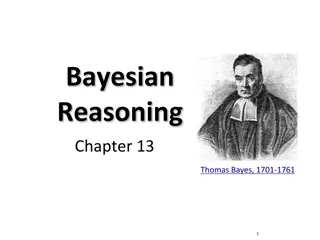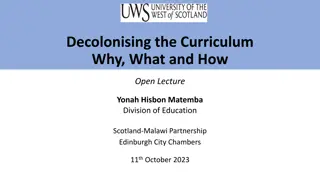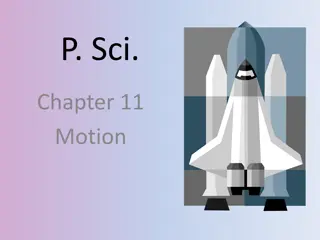Exploring Historical Events and Movements in Educational Context
Dive into the Suffragette Movement, chronological events in English history, differences between interpretations and sources, and a glimpse into World War I. Engage in guided practice and reflection to enhance learning skills.
Download Presentation
Please find below an Image/Link to download the presentation.
The content on the website is provided AS IS for your information and personal use only. It may not be sold, licensed, or shared on other websites without obtaining consent from the author. Download presentation by click this link. If you encounter any issues during the download, it is possible that the publisher has removed the file from their server.
Presentation Transcript
EXPLICIT STRATEGY INSTRUCTION MODELLING OF STRATEGY I DO GUIDED PRACTICE WE DO INDEPENDENT PRACTICE YOU DO LINKED LEARNING ACTIVATE PRIOR KNOWLEDGE STRUCTURED REFLECTION MEMORISATION OF STRATEGY DO NOW UTV Year 8 AP3 Revision Do Now | 1. Write down as much as you can remember about the Suffragette Movement use the picture clues to help you. 2. Why was the Suffragette Movement important? The Suffragette Movement was important because 3. Challenge: How does the suffragette movement still impact women today? The suffragette movement still impacts women today as
EXPLICIT STRATEGY INSTRUCTION MODELLING OF STRATEGY I DO GUIDED PRACTICE WE DO INDEPENDENT PRACTICE YOU DO LINKED LEARNING ACTIVATE PRIOR KNOWLEDGE STRUCTURED REFLECTION MEMORISATION OF STRATEGY DO NOW UTV What did we learn before? What are we going to learn today? Today we will be revising knowledge and exam skills we will need to do well in our AP3 What have we learnt about in our history lessons in Y8 so far? What will we learn next? We will be carrying on with our World War One lessons.
EXPLICIT STRATEGY INSTRUCTION MODELLING OF STRATEGY I DO GUIDED PRACTICE WE DO INDEPENDENT PRACTICE YOU DO LINKED LEARNING ACTIVATE PRIOR KNOWLEDGE STRUCTURED REFLECTION MEMORISATION OF STRATEGY DO NOW UTV Elizabeth I becomes Queen of England. The Wars of the Roses starts. Henry Tudor defeats Richard III. Can you put these events in chronological order? Henry VIII divorces Katharine of Aragon and marries Anne Boleyn, Mary I dies. Elizabeth I defeats the Spanish Armada. 7 Jane Seymour gives birth to a son, Henry VIII s third child.
EXPLICIT STRATEGY INSTRUCTION MODELLING OF STRATEGY I DO GUIDED PRACTICE WE DO INDEPENDENT PRACTICE YOU DO LINKED LEARNING ACTIVATE PRIOR KNOWLEDGE STRUCTURED REFLECTION MEMORISATION OF STRATEGY DO NOW UTV What is the difference between an interpretation and a source? Can you give an example of both?
EXPLICIT STRATEGY INSTRUCTION MODELLING OF STRATEGY I DO GUIDED PRACTICE WE DO INDEPENDENT PRACTICE YOU DO LINKED LEARNING ACTIVATE PRIOR KNOWLEDGE STRUCTURED REFLECTION MEMORISATION OF STRATEGY DO NOW UTV World War I, also known as the Great War, started in 1914 after the assassination of Archduke Franz Ferdinand of Austria. His murder catapulted into a war across Europe that lasted until 1918. During the four- year conflict, Germany, Austria-Hungary, Bulgaria and the Ottoman Empire (the Central Powers) fought against Great Britain, France, Russia, Italy, Romania, Canada, Japan and the United States (the Allied Powers). Thanks to new military technologies and the horrors of trench warfare, World War I saw unprecedented levels of carnage and destruction. By the time the war was over and the Allied Powers had won, more than 16 million people soldiers and civilians alike were dead. Taken from History.com
EXPLICIT STRATEGY INSTRUCTION MODELLING OF STRATEGY I DO GUIDED PRACTICE WE DO INDEPENDENT PRACTICE YOU DO LINKED LEARNING ACTIVATE PRIOR KNOWLEDGE STRUCTURED REFLECTION MEMORISATION OF STRATEGY DO NOW UTV World War I, also known as the Great War, started in 1914 after the assassination of Archduke Franz Ferdinand of Austria. His murder catapulted into a war across Europe that lasted until 1918. During the four-year conflict, Germany, Austria-Hungary, Bulgaria and the Ottoman Empire (the Central Powers) fought against Great Britain, France, Russia, Italy, Romania, Canada, Japan and the United States (the Allied Powers). Thanks to new military technologies and the horrors of trench warfare, World War I saw unprecedented levels of carnage and destruction. By the time the war was over and the Allied Powers had won, more than 16 million people soldiers and civilians alike were dead. 1. What does this interpretation suggest about WW1? Write this in your own words. The interpretation suggests that WW1 2. Do you agree with the interpretation? Why? Try to use your own knowledge of WW1 to help you argue why you agree/disagree. I agree/disagree with the interpretation because 3. What were some other causes of WW1 besides those mentioned in the interpretation? Some other causes of WW1 were Taken from History.com
EXPLICIT STRATEGY INSTRUCTION MODELLING OF STRATEGY I DO GUIDED PRACTICE WE DO INDEPENDENT PRACTICE YOU DO LINKED LEARNING ACTIVATE PRIOR KNOWLEDGE STRUCTURED REFLECTION MEMORISATION OF STRATEGY DO NOW UTV
EXPLICIT STRATEGY INSTRUCTION MODELLING OF STRATEGY I DO GUIDED PRACTICE WE DO INDEPENDENT PRACTICE YOU DO LINKED LEARNING ACTIVATE PRIOR KNOWLEDGE STRUCTURED REFLECTION MEMORISATION OF STRATEGY DO NOW UTV What were two consequences of the Atlantic Slave Trade?
EXPLICIT STRATEGY INSTRUCTION MODELLING OF STRATEGY I DO GUIDED PRACTICE WE DO INDEPENDENT PRACTICE YOU DO LINKED LEARNING ACTIVATE PRIOR KNOWLEDGE STRUCTURED REFLECTION MEMORISATION OF STRATEGY DO NOW UTV Write down two reasons why the British colonised Australia using the grid to help you.
EXPLICIT STRATEGY INSTRUCTION MODELLING OF STRATEGY I DO GUIDED PRACTICE WE DO INDEPENDENT PRACTICE YOU DO LINKED LEARNING ACTIVATE PRIOR KNOWLEDGE STRUCTURED REFLECTION MEMORISATION OF STRATEGY DO NOW UTV Could you write these causes and consequences as PEEL paragraphs? How would you do this?
Elizabeth I becomes Queen of Elizabeth I becomes Queen of Elizabeth I becomes Queen of England. England. England. The Wars of the Roses starts. The Wars of the Roses starts. The Wars of the Roses starts. Henry Tudor defeats Richard Henry Tudor defeats Richard Henry Tudor defeats Richard III. III. III. Henry VIII divorces Katharine Henry VIII divorces Katharine Henry VIII divorces Katharine of Aragon and marries Anne of Aragon and marries Anne of Aragon and marries Anne Boleyn, Boleyn, Boleyn, Mary I dies. Mary I dies. Mary I dies. Elizabeth I defeats the 7 Elizabeth I defeats the 7 Elizabeth I defeats the 7 Spanish Armada. Spanish Armada. Spanish Armada. Jane Seymour gives birth to a Jane Seymour gives birth to a Jane Seymour gives birth to a son, Henry VIII s third child. son, Henry VIII s third child. son, Henry VIII s third child.
World War I, also known as the Great War, started in 1914 after the assassination of Archduke Franz Ferdinand of Austria. His murder catapulted into a war across Europe that lasted until 1918. During the four-year conflict, Germany, Austria-Hungary, Bulgaria and the Ottoman Empire (the Central Powers) fought against Great Britain, France, Russia, Italy, Romania, Canada, Japan and the United States (the Allied Powers). Thanks to new military technologies and the horrors of trench warfare, World War I saw unprecedented levels of carnage and destruction. By the time the war was over and the Allied Powers had won, more than 16 million people soldiers and civilians alike were dead. World War I, also known as the Great War, started in 1914 after the assassination of Archduke Franz Ferdinand of Austria. His murder catapulted into a war across Europe that lasted until 1918. During the four-year conflict, Germany, Austria-Hungary, Bulgaria and the Ottoman Empire (the Central Powers) fought against Great Britain, France, Russia, Italy, Romania, Canada, Japan and the United States (the Allied Powers). Thanks to new military technologies and the horrors of trench warfare, World War I saw unprecedented levels of carnage and destruction. By the time the war was over and the Allied Powers had won, more than 16 million people soldiers and civilians alike were dead. World War I, also known as the Great War, started in 1914 after the assassination of Archduke Franz Ferdinand of Austria. His murder catapulted into a war across Europe that lasted until 1918. During the four-year conflict, Germany, Austria-Hungary, Bulgaria and the Ottoman Empire (the Central Powers) fought against Great Britain, France, Russia, Italy, Romania, Canada, Japan and the United States (the Allied Powers). Thanks to new military technologies and the horrors of trench warfare, World War I saw unprecedented levels of carnage and destruction. By the time the war was over and the Allied Powers had won, more than 16 million people soldiers and civilians alike were dead. Taken from History.com Taken from History.com Taken from History.com
